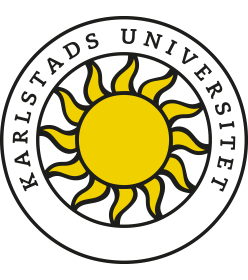Remote Sensing and Digital Photogrammetry
7.5 ECTS creditsStudents acquire knowledge of the electromagnetic spectrum, atmospheric physical properties and the spectral qualities of different object for an understanding of the potentials and limitations of the remote sensing technique. Different techniques for registering and producing digital images are treated, such as IR-thermography, multispectral scanning, radar and laser.
Digital images with several information layers are processed in computer programmes in laboratory sessions. Methods of image enhancing and image classification, including accuracy score assessment, are studied. The accessibility of remote sensing data are treated, along with the integration of raster data from distance analysis as one of several data sources in GIS.
Following on an overview of analogue and analytical photogrammetry until the development of digital photogrammetry, the following components are treated:
Student groups for the seminar assignment are created based on a gender equality perspective.
Digital images with several information layers are processed in computer programmes in laboratory sessions. Methods of image enhancing and image classification, including accuracy score assessment, are studied. The accessibility of remote sensing data are treated, along with the integration of raster data from distance analysis as one of several data sources in GIS.
Following on an overview of analogue and analytical photogrammetry until the development of digital photogrammetry, the following components are treated:
- data sources and planning photogrammetric projects
- the properties of digital images registered from planes or satellites
- methods for producing digital height models and ortophotos
- accuracy score assessment in photogrammetry applications
- alternative or supplementary methods for collecting data such as airborne laser scanning.
Student groups for the seminar assignment are created based on a gender equality perspective.
Progressive specialisation:
G1F (has less than 60 credits in first‐cycle course/s as entry requirements)
Education level:
Undergraduate level
Admission requirements:
Geographic Information Systems I, 7.5 ECTS credits
Selection:
Selection is usually based on your grade point average from upper secondary school or the number of credit points from previous university studies, or both.
This course is included in the following programme
- Programme in Surveying and Mapping (studied during year 2)
